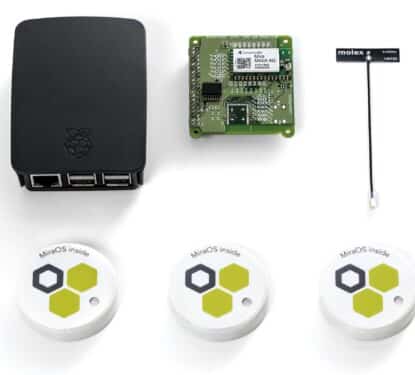With the bold slogan ‘We Print Buildings’ San Francisco-based 3D-printing startup, Apis Cor, printed a house in just 24hrs. Using a 3D-printer, which resembles a small crane, they set a program in motion that created concrete walls, layer upon layer, until the shell of a house rose. After that, insulation, windows, appliances and a roof was added using more traditional methods. Apis Cor claim the structure, built on their test site in Russia, will last for at least 175 years. So is this the future of construction and if so, why aren’t there more printed buildings already?
In Dubai, where the future often arrives first with varying degrees of success, they have already developed a 3D Printing Strategy, with which the emarite seeks to become the leading hub for 3D printing in three sectors; construction, medical products and consumer products. The ambitious program projects that 25% of the buildings in Dubai will be 3D printed by the year 2030. According to Sheikh Mohammed bin Rashid Al Maktoum, Vice President and Prime Minister of the UAE and Ruler of Dubai, they will begin by increasing the use of 3D printing in the construction industry by 2 percent starting in 2019.
In May 2016, Dubai unveiled the world’s first 3D printed office building. Dubbed the “Office of the Future,” the building was 3D printed on WinSun’s extrusion system, which stands a mighty 20-feet tall, 120-feet long and 40-feet wide.
The 3D-printed frame of the building is a concoction of cement and a specialty building material produced in the United Arab Emirates and United States. According to the Government of Dubai Media Office, this material has passed a variety of tests in China and the United Kingdom to confirm its reliability.
Seemingly looking further into the future, NASA is developing 3D printing methods that could be used to build structures on the moon and Mars. One prototype uses lunar or Martian dust combined with water and a binding agent to print buildings and other structures in situ, meaning 3D printers could be sent ahead of manned missions to create structures ready for human arrivals. The concept has caught the attention of disaster relief agencies for rapid build and deployment of medical facilities and housing in emergency situations.

"Housing is one of the most costly expenses of our lives. 3D printing will dramatically reduce the cost of housing, and increase the speed of construction. 3D printing-driven innovation in construction will empower people by creating more disposable income for homeowners, and generally improve the quality of our lives,” claims 3D printing expert Hermes Moore, within an article highlighting some of the most innovative 3D printed construction projects in the world.
So does all this mean we should now be printing our buildings? Why do we seem to be stuck in conceptual stages? When will this seemingly inevitable 3D printing future start and what’s the hold up?
While there is more proof of concept to be achieved from a technical perspective, as well as cost and speed factors to be enhanced, there is another obstacle to 3D printed construction that will be familiar to anyone involved in game-changing technology development - regulation. As is often the case, it will take time for regulation to catch up with technology, especially when people are expected to live in these printed structures.
“If you are talking about printing a public house or building, you have to demonstrate that it will hold,” notes Clément Moreau, the chief executive of the French cloud-based 3D printing firm Sculpteo, which launched a new titanium printing service earlier this year. “This regulation is very problematic … everywhere that we want to put 3D printing, we have to face the regulation issues.”
Assuming regulators can be convinced, the potential upsides of 3D printing for the construction industry could be huge. Among the factors in the technology’s favour are productivity gains, reduced labour costs and safer working environments, as well as the sort of one-off, complex building designs that are not technically and economically feasible at present. While we may still be some way off the age widespread 3D printed buildings, it still appears to be just a matter of time before we see this foundational shift in construction.
[contact-form-7 id="3204" title="memoori-newsletter"]



